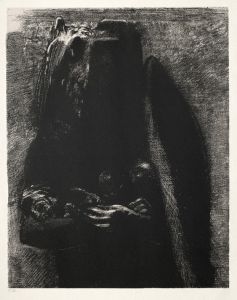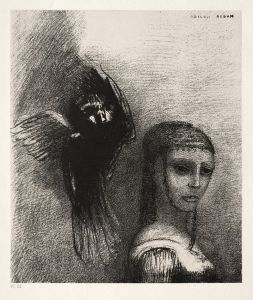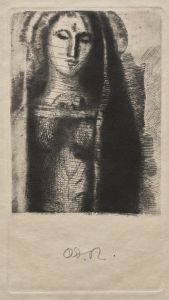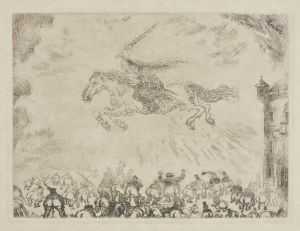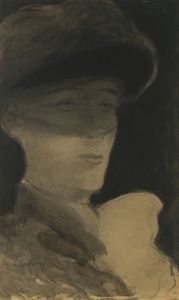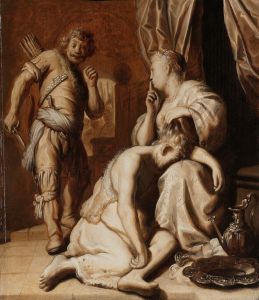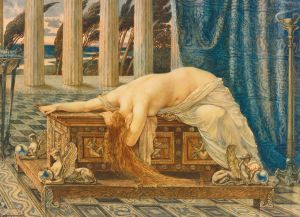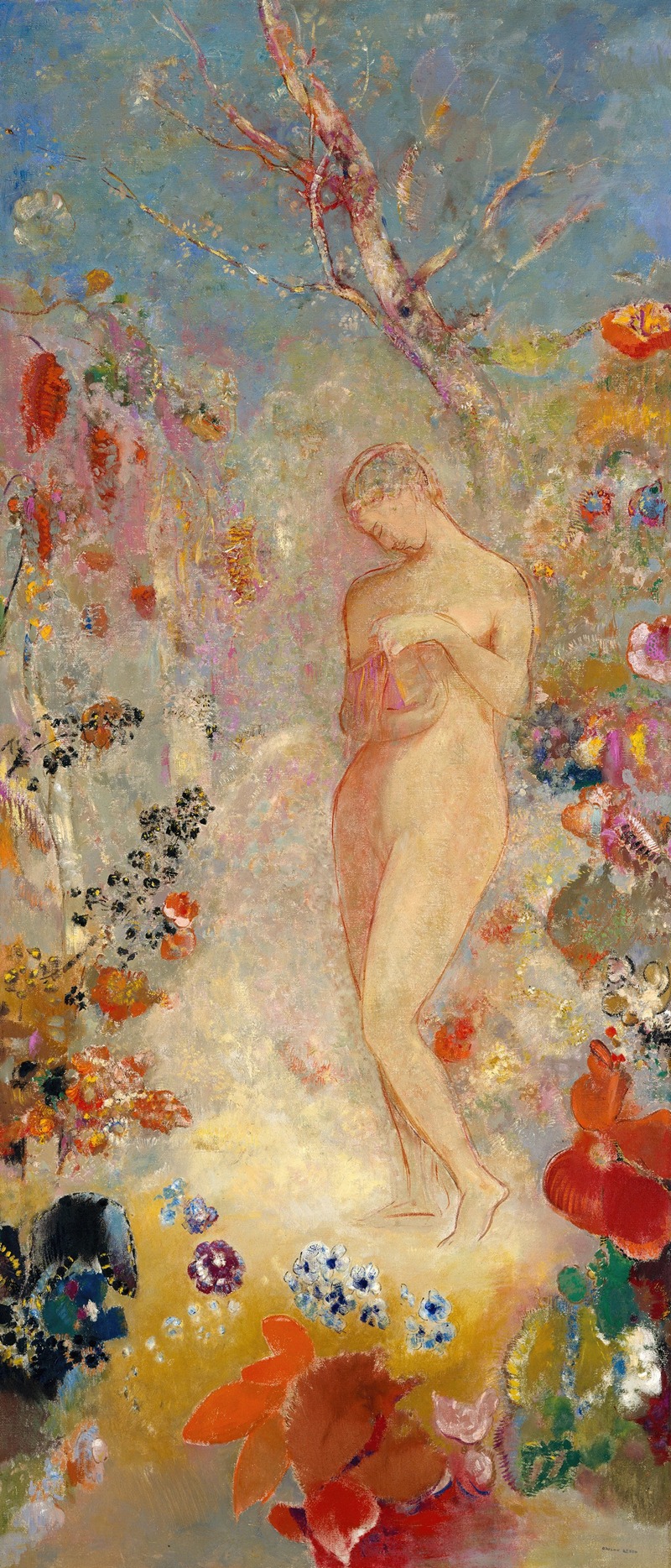
Pandora
A hand-painted replica of Odilon Redon’s masterpiece Pandora, meticulously crafted by professional artists to capture the true essence of the original. Each piece is created with museum-quality canvas and rare mineral pigments, carefully painted by experienced artists with delicate brushstrokes and rich, layered colors to perfectly recreate the texture of the original artwork. Unlike machine-printed reproductions, this hand-painted version brings the painting to life, infused with the artist’s emotions and skill in every stroke. Whether for personal collection or home decoration, it instantly elevates the artistic atmosphere of any space.
Odilon Redon, a prominent French symbolist painter, created the artwork "Pandora" in 1914. This piece is a significant example of Redon's exploration of mythological themes and his distinctive use of color and form. Redon was known for his unique ability to blend reality with fantasy, often drawing inspiration from literature, mythology, and his own imagination.
"Pandora" depicts the mythological figure from Greek mythology, Pandora, who is famously known for opening a box that released all the evils into the world, leaving only hope inside once it was closed again. In Redon's interpretation, Pandora is portrayed in a dreamlike and ethereal manner, consistent with his symbolist style. The painting captures a sense of mystery and introspection, focusing on the emotional and psychological aspects of the myth rather than a literal representation.
Redon's use of color in "Pandora" is particularly noteworthy. He was known for his vibrant palette, which he employed to evoke mood and emotion. In this painting, the colors are soft yet vivid, creating a harmonious and otherworldly atmosphere. The background is often a blend of blues and greens, which contrasts with the figure of Pandora, who is rendered in warmer tones. This contrast helps to draw the viewer's attention to Pandora, emphasizing her central role in the composition.
The style of "Pandora" reflects Redon's transition from his earlier works, which were predominantly in black and white, to his later works that embraced color. This shift was influenced by his interest in the expressive potential of color and his desire to convey deeper emotional and symbolic meanings through his art. Redon's technique often involved layering colors to achieve a luminous effect, which can be seen in the delicate and nuanced treatment of light and shadow in "Pandora."
Redon's work, including "Pandora," was part of a broader symbolist movement that sought to express ideas and emotions beyond the visible world. Symbolism in art was characterized by an emphasis on imagination, dreams, and the exploration of the human psyche. Redon, along with other symbolist artists, aimed to transcend the literal and the mundane, offering viewers a glimpse into a more profound and often enigmatic reality.
"Pandora" is housed in the Musée d'Orsay in Paris, which holds a significant collection of Redon's works. The museum is renowned for its extensive collection of 19th and early 20th-century art, and Redon's paintings are an integral part of its representation of the symbolist movement. The painting continues to be appreciated for its beauty and its ability to evoke contemplation and introspection, hallmarks of Redon's artistic legacy.
Overall, "Pandora" by Odilon Redon is a testament to the artist's mastery of color and symbolism, as well as his ability to infuse mythological subjects with a sense of mystery and emotional depth. The painting remains a celebrated example of symbolist art and continues to captivate audiences with its ethereal beauty and profound thematic resonance.






